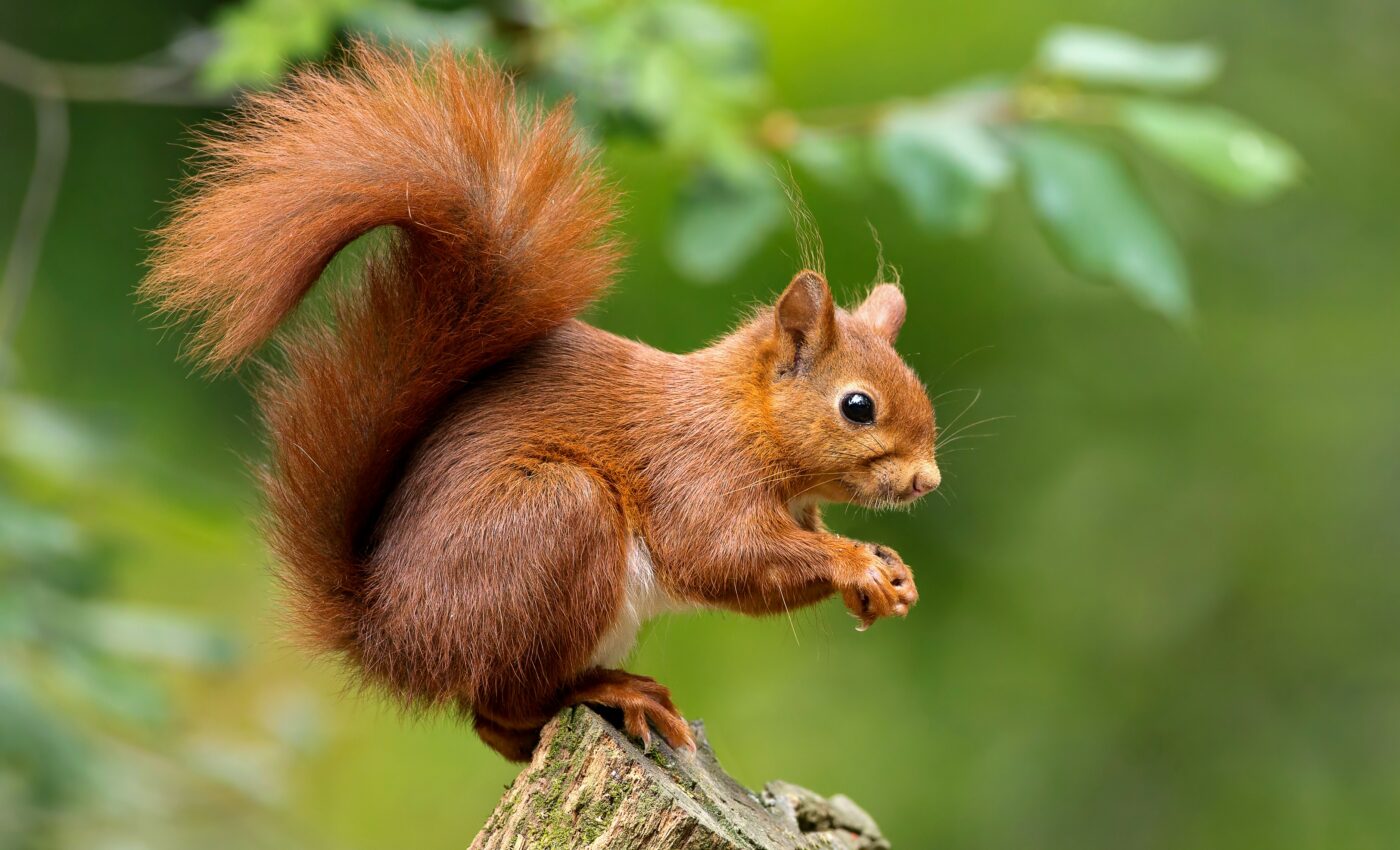
Squirrels gamble to increase evolutionary fitness
Many people buy lottery tickets regularly in the hope that, at one point, they will win the grand prize. Despite the significant financial cost of playing the lottery numbers frequently, the possible payoff is large enough to make it worthwhile.
According to a recent study led by the University of Michigan (U-M), animals that live in highly variable environments often play a similar lottery when it comes to their Darwinian fitness, or how well they are able to pass their genes to future generations. For instance, the experts found that red squirrels which gambled at the reproductive game outperformed those that didn’t, even if it cost them in the short run.
In years when food is abundant, natural selection favors female squirrels that have large litters. However, these so-called “mast years” – characterized by a significant boom in their main food source (seeds from the cones of white spruce trees) – occur only every four to seven years. Nonetheless, many squirrels have large litters each year, hoping that it will turn out to be a mast year.
“We were surprised to find that some females have large litters in years when there won’t be enough food for their babies to survive the winter,” said study lead author Lauren Petrullo, a postdoctoral fellow in Biopsychology at U-M. “Because it’s biologically expensive to produce offspring, we wanted to know why these females make what appears to be an error in their reproductive strategy. There is a constant tug-of-war between the trees and the squirrels at our study site, with each player trying to deceive the other for its own fitness gain.”
By quantifying the reproduction of female squirrels during both food booms and busts, the researchers discovered differences in their fitness according to whether they gambled with their reproductive strategy or not.
While some squirrels “played it safe” by keeping their litter sizes small each year, those that had large litters even when food was scarce enjoyed greater lifetime fitness if they managed to experience a mast year. However, squirrels are not guaranteed to always win by using this strategy.
“In some ways, this strategy of gambling with litter sizes is like playing with fire,” Petrullo explained. “Because the average squirrel lifespan is 3.5 years and masts only happen every four to seven, a female could potentially be sabotaging her fitness by having too many babies in low-food years, hoping for a mast when she may die before she ever gets to experience a mast at all. This could be pretty costly.” Yet, the cost of not gambling at all in the game of reproduction could be insurmountable for squirrels that miss their shot at the jackpot.
Scientists are still unsure exactly how the squirrels are often able to forecast food production. A possible explanation could be that the animals may be eating parts of the spruce trees which affect their physiology and alter the number of offspring they produce.
“This is exciting because it suggests that squirrels are eavesdropping on the trees, but we still have much more to do to solve this puzzle,” concluded senior author Ben Dantzer, a professor of Ecology and Evolutionary Biology at U-M.
The study is published in the journal Science.
—
By Andrei Ionescu, Earth.com Staff Writer
Check us out on EarthSnap, a free app brought to you by Eric Ralls and Earth.com.













